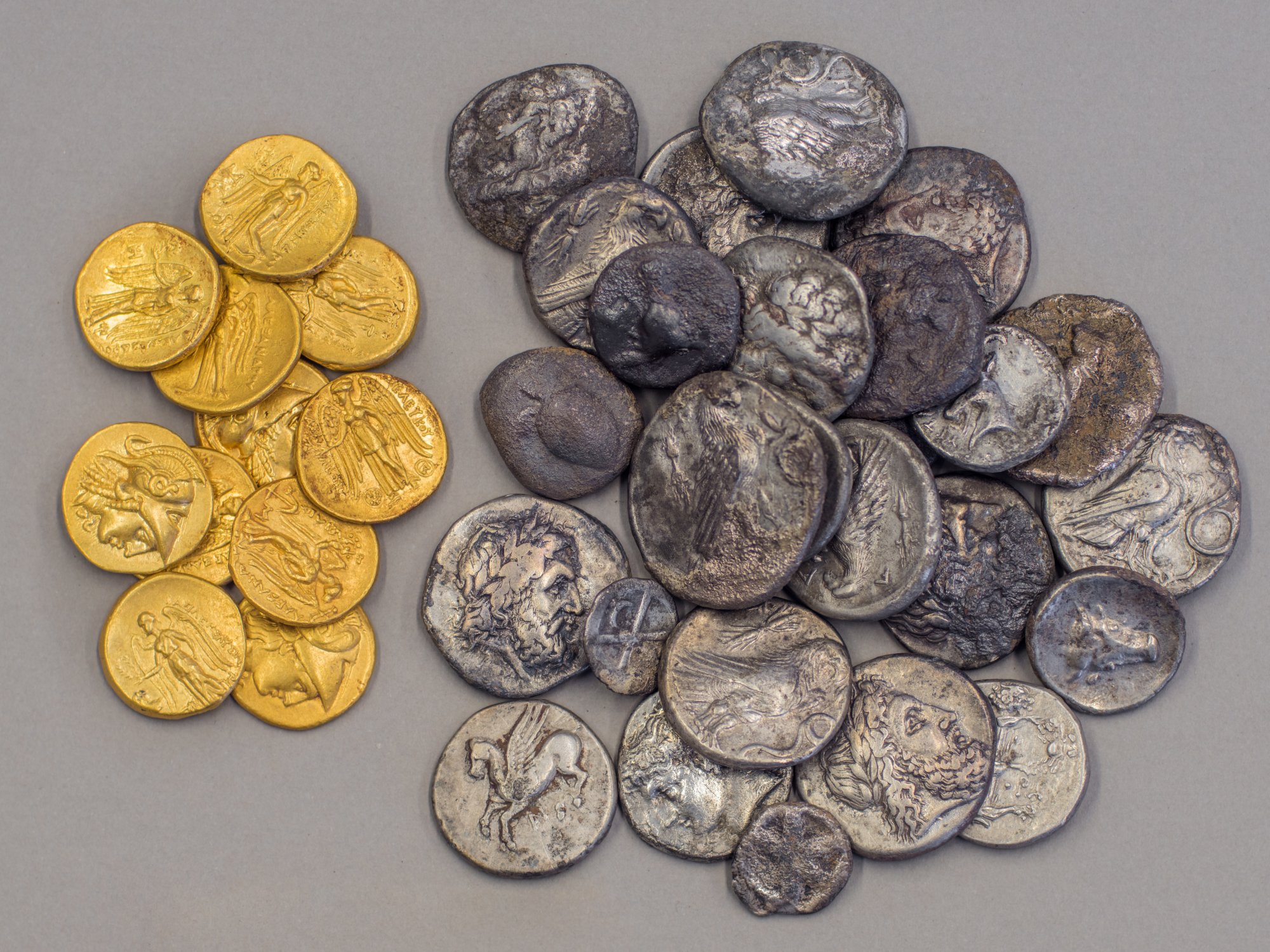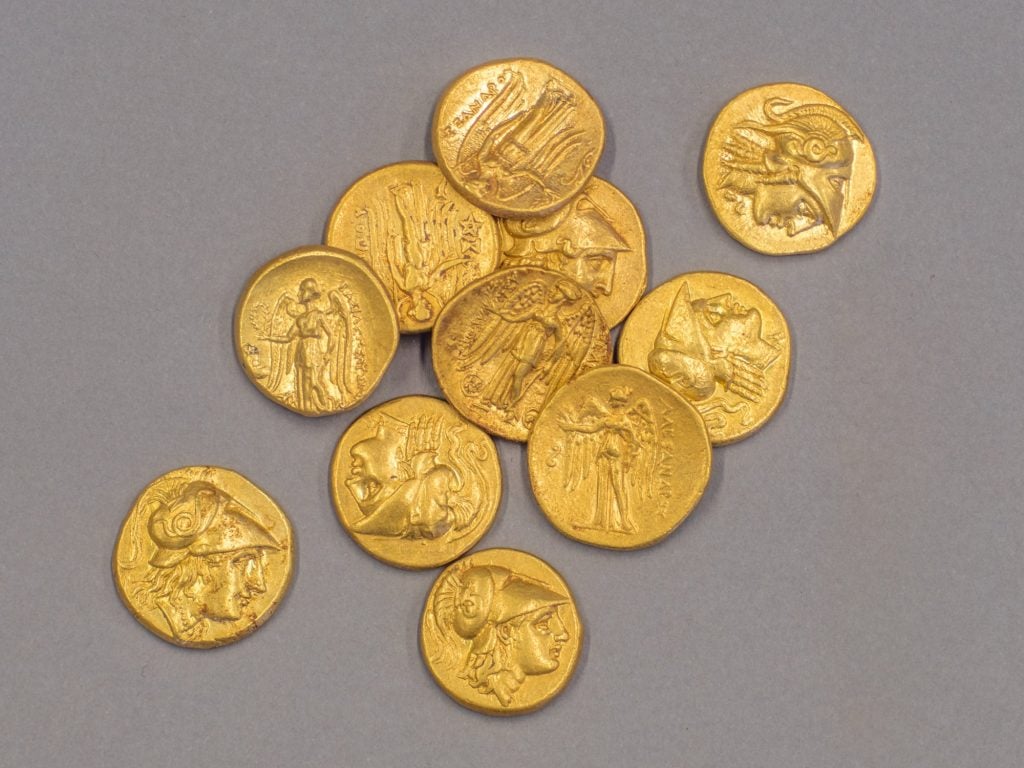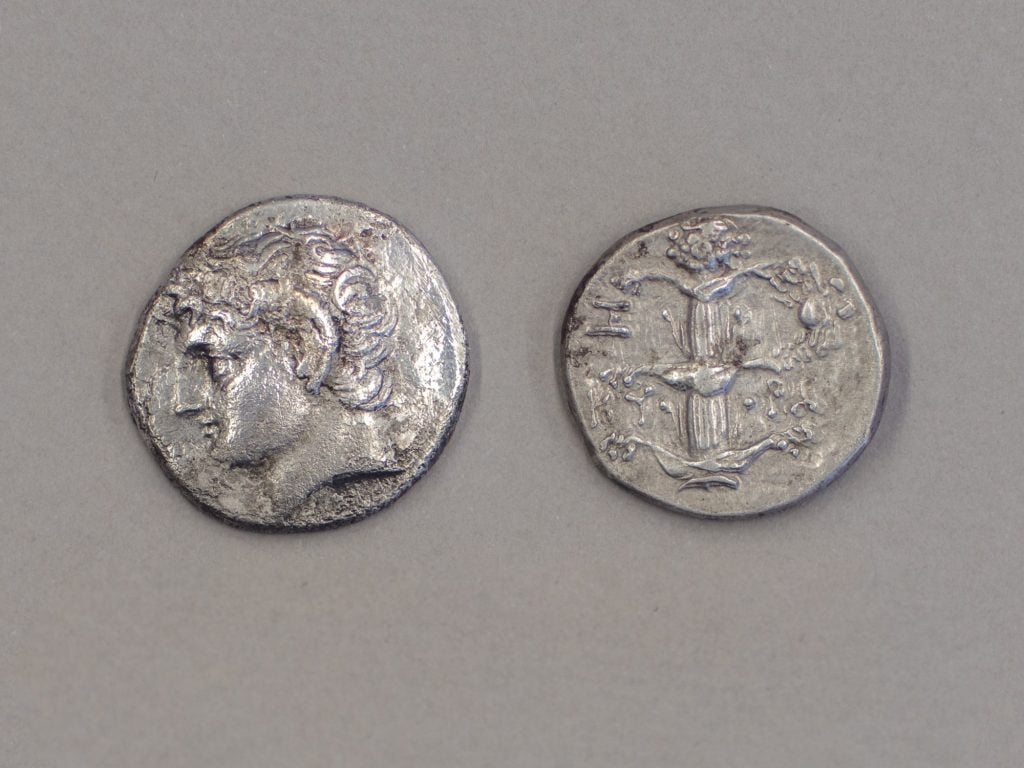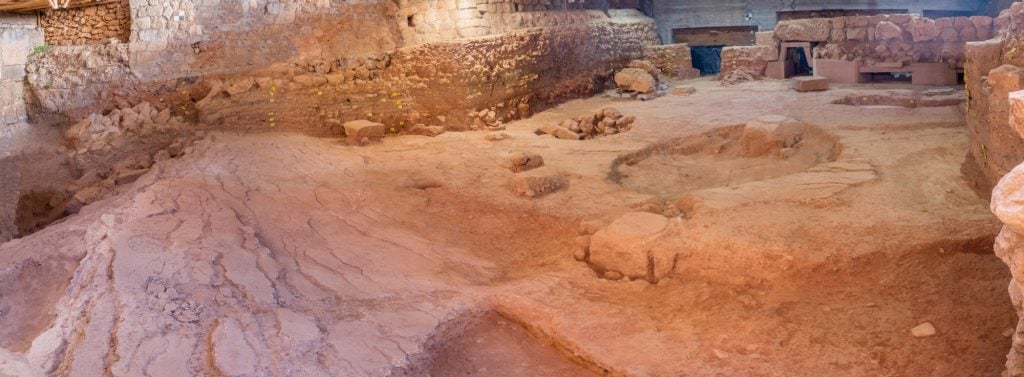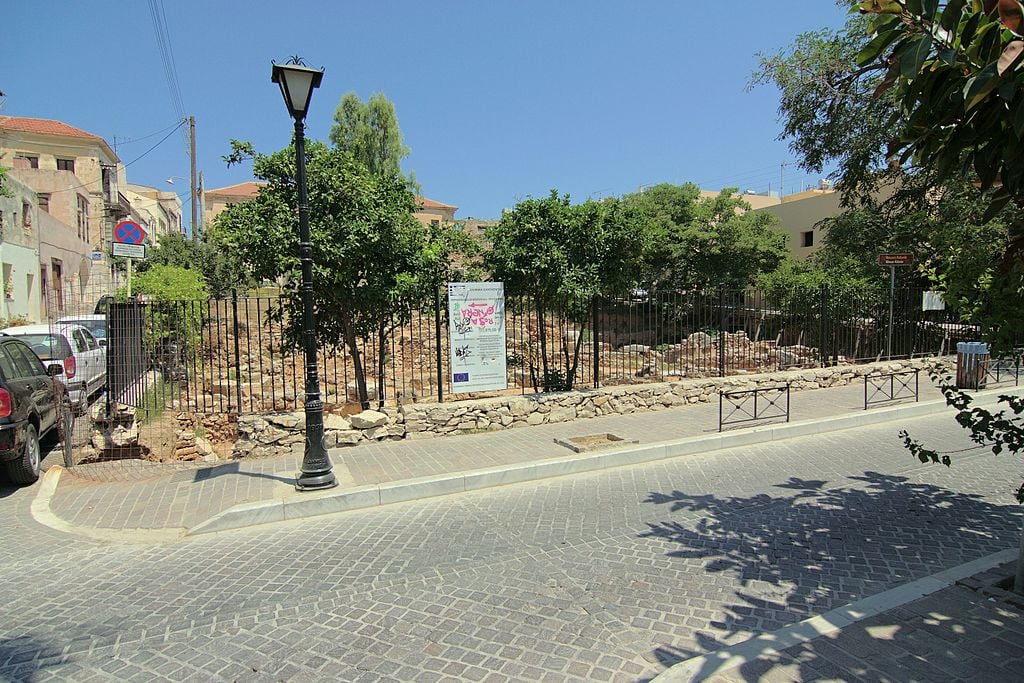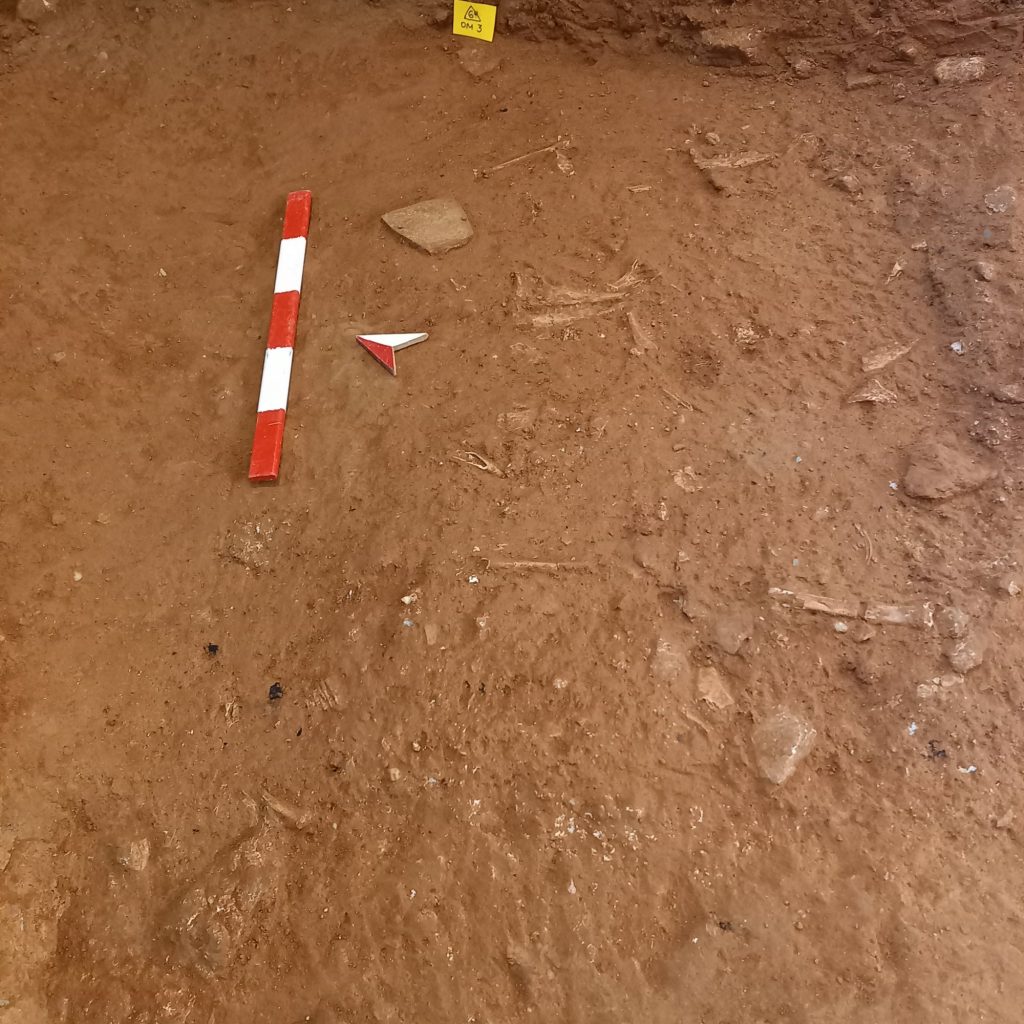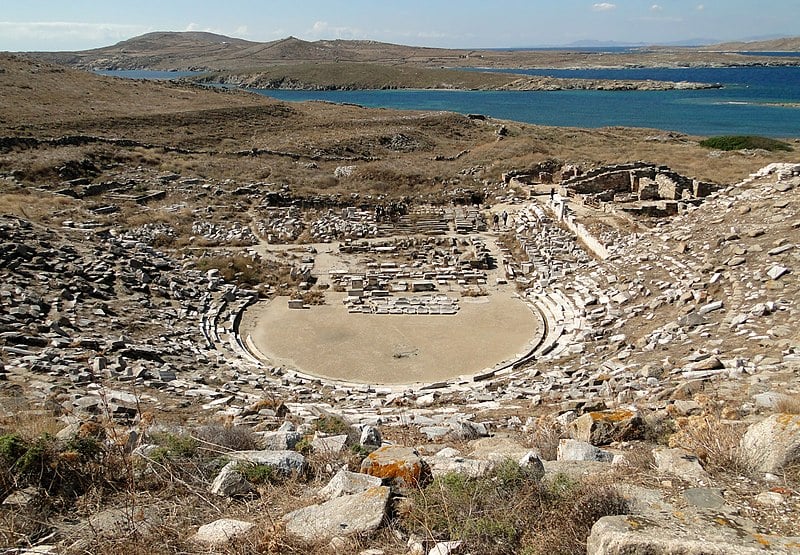
Ancient Greece is known across the globe for its vast contributions to the very foundations of our modern world.
Western ideals, sometimes taken for granted, such as Democratic rule and what is today recognized as basic human rights—freedom of speech and the formation of societal organizations—find their origins in ancient Greek practices.
Millennia ago, these ancient Greek concepts managed to reshape the way people viewed the world.
However, there are many mysteries concerning the ancient Greek world, including the identity of some of its most illustrious members and events which either remain unknown or are controversial.
Let’s explore four of these myriad mysteries which continue to cause controversy and disagreements over their very existence.
One of the biggest ancient Greek mysteries: Was Homer even real?
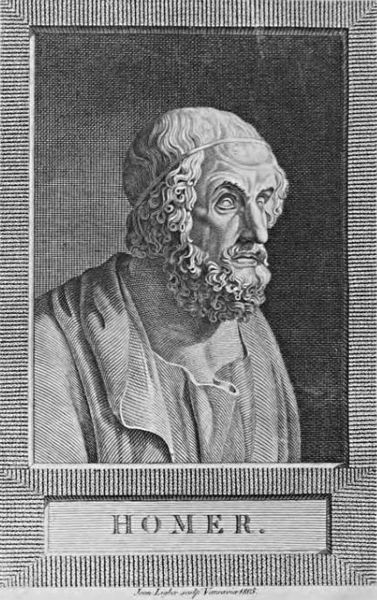
Known as the scintillatingly brilliant author of two of the most influential pieces of literature in human history, the “Iliad” and the “Odyssey,” Homer has shaped the way generation upon generation has been educated, listening to tales of courage in the tragedies of Odysseus, Agamemnon, and other Greek heroes from the past.
However, the question of whether Homer was even real remains. Numerous scientists throughout the years have raised questions about whether Homer was an actual human being who wrote these stories, or was a fictional character.
Some say that these fascinating historical tales were actually the product of teamwork.
Unless archaeological evidence emerges one day, the “Homeric Question,” as it is known, will remain one of Greece’s most notable mysteries.
The Labyrinth of the Minotaur

Perhaps one of the most famous and most often referred to Greek myths focuses on the story of the Minotaur, the incredibly strong and fearsome creature who was half-bull and half-human.
The Minotaur was allegedly held captive in a massive labyrinth created by King Minos on Crete.
However, up to this day, excavations at the site of the ancient Palace of Knossos have not revealed anything whatsoever to support the theory that a labyrinth had ever been constructed there.
Scientists have argued that a labyrinth could not possibly have been constructed there, since no evidence has been found as of yet for such a structure.
However, recent research at a quarry near the Cretan city of Gortyna has raised hopes that the famous Labyrinth might soon be discovered.
Until then, the scientific controversy remains, providing another mystery about the location or actual existence of the Minotaur’s labyrinth.
The destruction of the massive statue of Zeus remains a mystery
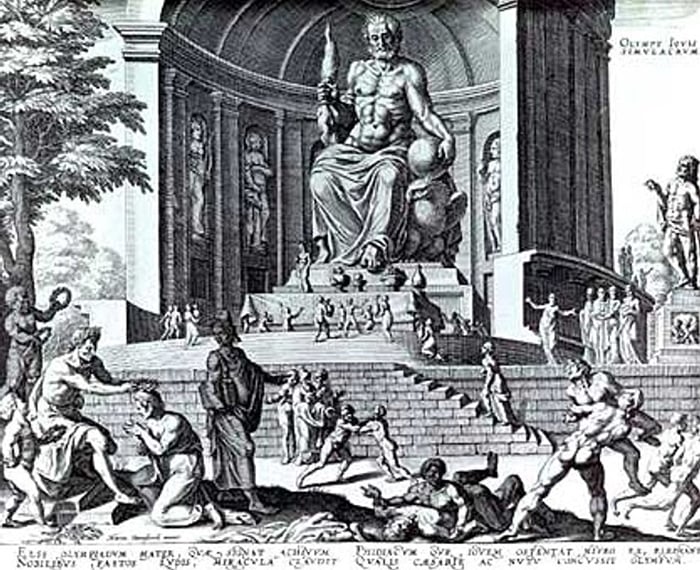
Known as the “god of the gods,” and the master of all humanity, Zeus occupied a central role in Greek religion and cosmology.
For this reason, the Greeks tended to worship him in spectacular ways in order to show admiration for his omniscience and power.
The creation of a massive statue of the god in the temple dedicated to Zeus at Olympia was constructed to worship Zeus.
Acknowledged as one of the seven wonders of the ancient world, the massive statue of Zeus was an exceptional example of the Greek form of plastic arts. The statue must at some point have been destroyed; however, details pertaining to such an event are quite limited and generally vague.
Upon the abolition of the Olympic Games in 393 AD, the Temple of Zeus in Olympia began falling apart. A few years later, it was set on fire and the statue was most likely destroyed and broken into pieces.
However, certain theories suggest that the statue survived the temple’s destruction. Emperor Theodosius allegedly ordered the transfer of the statue to Constantinople in 390 AD, where he placed it in one of the city’s palaces for safekeeping.
Nonetheless, the statue had mysteriously disappeared a few years later, and while there are suggestions that the palace may have gone up in flames, the fate of the statue remains unknown.
Others believe it was possibly transferred elsewhere which would mean that it could remain intact to this day; however, this version is incredibly unlikely.
Unfortunately, there is no certainty as to what became of one of the great wonders of the ancient world.
The Parthenon is home to many ancient Greek mysteries
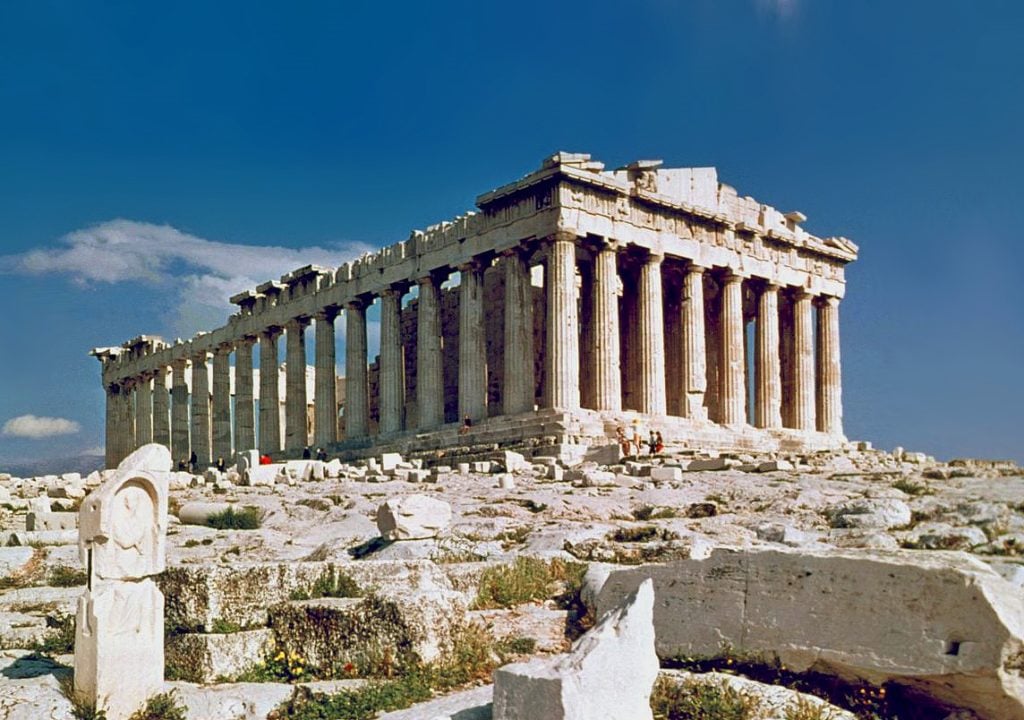
An architectural landmark that connects the ancient to the contemporary world of today, the Parthenon has been an endless source of fascination and not only for its extraordinary history but also for the manner in which it was constructed and the splendor of the religious processions once held there.
Dedicated to the goddess Athena, who was known as the protector of the city of Athens, the Parthenon continues to inspire the world with its style, perfect architectural proportions, and stunning beauty.
Massive and impressive, yet with an air of humility, the Parthenon’s interior in ancient times remains somewhat of a mystery.
The artistic content of the Parthenon walls and the murals which once decorated the interior of the temple around the great statue of Athena is a topic of debate among scientists to this day, but as these no longer exist, scholars can only hypothesize based on available evidence.
A predominant theory is that the murals could have been used for depictions of people who assisted in the Parthenon’s construction. The murals were possibly a tribute to these individuals who added their own touch to the Athens skyline.
Nonetheless, until further solid evidence becomes available, the interior of the Parthenon, as is the case with so many other aspects of the ancient world, will remain a mystery.














